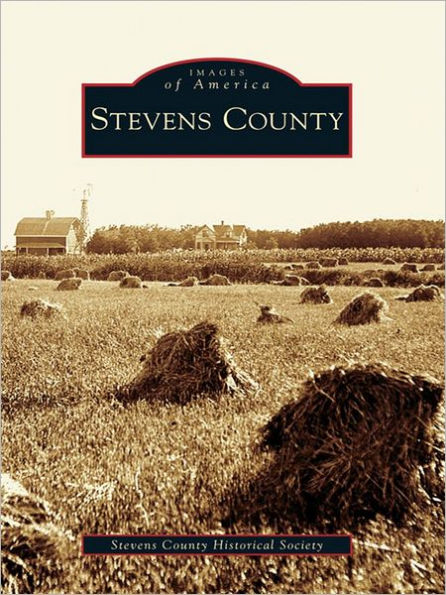The land area that came to be known as Stevens County was ceded to the United States government by the Dakota Indians in the treaty of the Traverse des Sioux in 1851. Government and railroad exploration parties, Red River Trail oxcarts, and pioneers and missionaries had come through the area long before it was officially ceded or settled. After the Dakota uprising of 1862, the United States government made the decision to put a fort in Dakota Territory. In 1864, Fort Wadsworth, later called Fort Sisseton, was built. Mule teams with supplies for soldiers and Native Americans, and pioneers began traveling in greater numbers across the tallgrass prairies of Stevens County from St. Cloud and into Dakota Territory. Pioneers from many different countries settled in Stevens County to break up the prairie sod and plant wheat and tree claims on their homesteaded land. Grasshoppers, prairie fires, and blizzards tested their determination, but the hardy ones survived to provide for their children�s education, organize local governments, and build homes, churches, and businesses.



